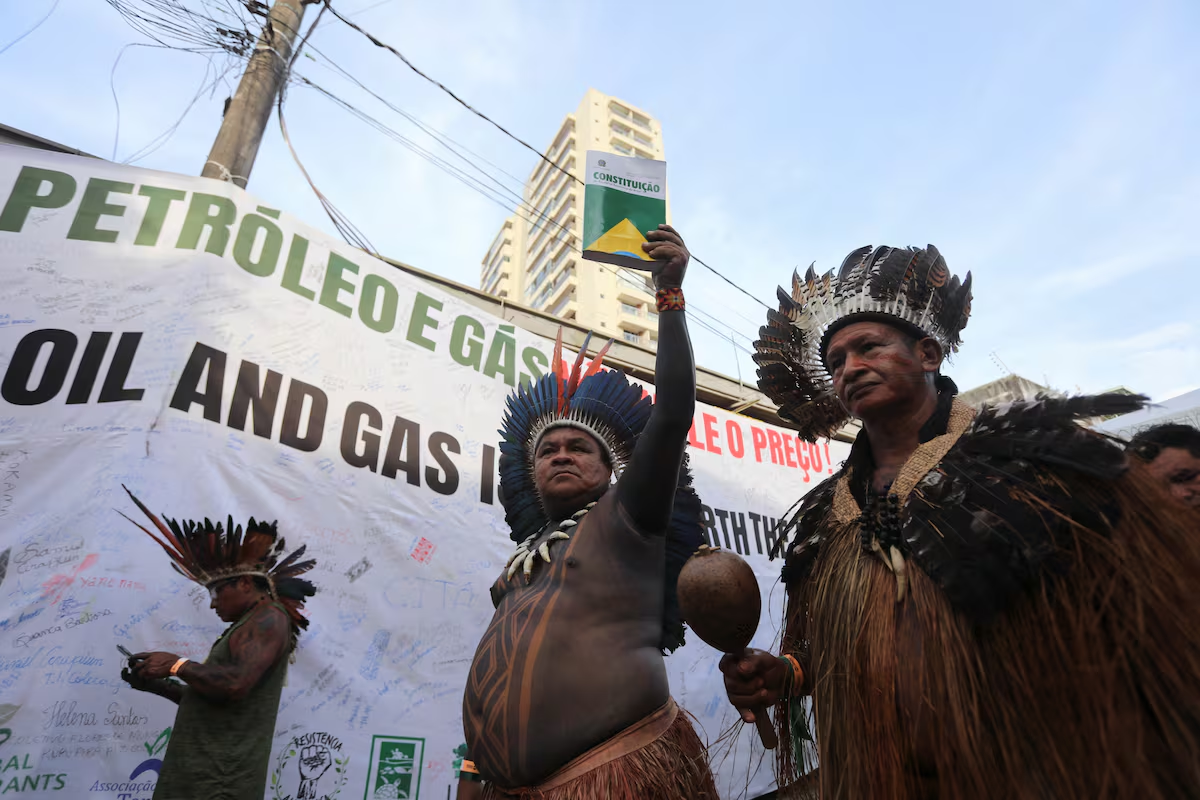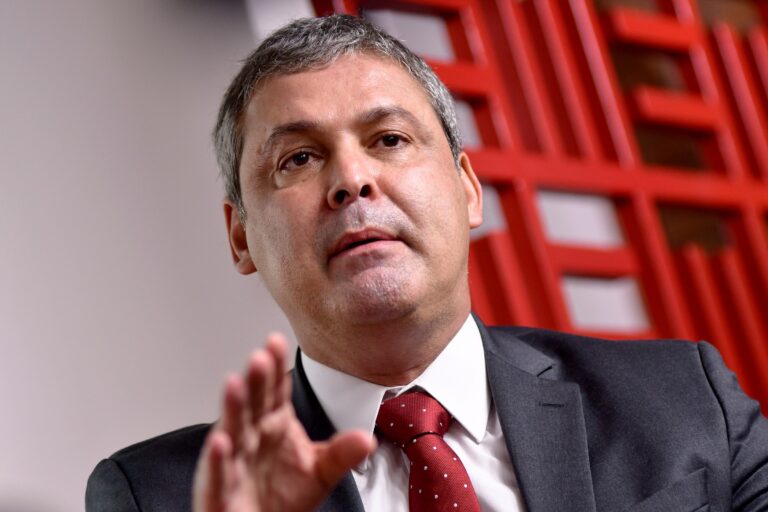
Carbon dioxide (CO₂) emissions produced by fossil fuels and cement manufacturing around the world, the main cause of global warming affecting humanity, are expected to rise again in 2025. Specifically, the Global Carbon Budget Report, an analysis that includes 130 international experts and is in its 20th year this year, predicts a 1.1% increase compared to 2024. The main headline is that emissions will increase to 38.1 gigatonnes for another year. Since the Paris Agreement was signed in 2015, with the basic goal of reducing greenhouse gas emissions and virtually eliminating them by mid-century, CO₂ emissions have increased by 9.8%.
This data is definitely bad because it will lead to worsening of this crisis. The window is getting narrower to keep average temperature increases within the safety margin set by the Paris Agreement itself. The agreement set out to limit the rise in average global temperatures to less than 2 degrees Celsius, and as much as possible to less than 1.5 degrees Celsius, relative to pre-industrial levels. About half of the carbon dioxide emitted by human activities accumulates in the atmosphere over centuries. If we continue at the same pace until 2025, the so-called carbon budget meant to keep global average temperatures below 1.5 degrees Celsius will be depleted in just four years.
In fact, it is considered inevitable in the scientific world that the 1.5 barrier will be steadily overcome over the next decade. The only option left to comply with the Paris Agreement is to keep this overshoot temporary, which would require significant reductions in other short-lived greenhouse gases in the atmosphere, such as methane, and uncertain technologies to capture and store carbon dioxide from the atmosphere.
The report also notes that if current rates continue, the carbon budget to reach the 2-degree target will be exhausted within 25 years. Pep Canadel, one of the report’s coordinators and executive director of the Carbol Global Project, talks about a cat-and-mouse game in which the world’s population and its energy needs are increasing every year, and renewable energy is increasing exponentially, but it still doesn’t fully cover all energy needs and is being replaced by fossil fuels.
But there is also hope. “We’re very close to peak emissions,” Canadel said. “It’s only a few years away,” Canadel said, not explicitly saying it will be within a year, but it will likely be within the next 10 years. Global emissions will be capped by “rapid growth in renewable energy.” But the expert warns that reaching the peak is not “enough”.
The United Nations calculates that the new plans countries are putting forward under the Paris Agreement will reduce emissions of all greenhouse gases, not just CO₂, by 12% in 2035. While this is good data, it is not enough to stay within a safety margin. According to the United Nations, these emissions must be reduced by 55% within 10 years to comply with the 1.5 pass and 35% for the 2nd pass.
These reductions are currently only estimates of what can be achieved through implementation of the Paris Agreement and the commitments of countries participating in it. But what has happened so far is that since this agreement was signed, global carbon dioxide emissions have increased by the aforementioned 9.8%.
Yes, the growth rate is slowing. In the previous decade, the growth rate from 2005 to 2015 was 18.8%, almost double the growth rate since then.
In both cases, China holds the key both in terms of growth rates and with emissions nearing their peak and projected to decline in 2035. China is the world’s leading emitter of CO₂, accounting for 32% of global emissions, but it is also the first country to deploy renewable energy and develop electric vehicles, both within and outside its borders.
For 2025, the report predicts that China’s CO₂ will increase by 0.4%, but as Canadel acknowledges, the range of uncertainty is large (-0.9% to 2%). We will have to wait until next year to know the final data. In any case, emissions have clearly slowed for the second year in a row. The authors explain that this is “to slow the growth in energy consumption, combined with the extraordinary increase in renewable energy generation” that has led to a stagnation in coal use.


India, which accounts for 8% of global emissions, is projected to increase by 1.4%, significantly lower than its previous pace. In addition to the growth of renewable energy, weather conditions have reduced energy needs this year.
This is in stark contrast to what happened in the European Union (6% of global emissions), where cold and windless conditions in many parts of Europe led to increased natural gas use and a 0.4% increase in carbon dioxide emissions. This potential increase disrupts the sustained emissions trend in the EU. But Canadel believes it’s a temporary weather-related issue and isn’t worried.
He is more concerned about the situation in the United States, which is the world’s second largest emitter with a 13% share. According to the report, emissions rose by 1.9% this year. And this growth, bucking recent trends, is associated with higher natural gas prices (as the invasion of Ukraine significantly increased U.S. export volumes). This led to an increase in coal usage, which continued to decline due to its higher cost than natural gas. When it comes to global warming, this is the most dangerous of all fossil fuels.
As for the future of the United States, Canadel believes that the policies of Donald Trump, the main sponsor of the Republican Party, that oppose renewable energy and favor fossil fuels will affect the country’s emissions. The expert predicts that the economy will decline, but the decline will be slower than expected under the previous administration.
35 countries lead the way
Canadel highlights two more positive aspects of this year’s edition. On the other hand, there are countries (35 countries that currently accumulate 27% of all carbon dioxide emissions on the planet) that significantly reduced their gas emissions while simultaneously growing their economies between 2015 and 2024. This shows you the path you can follow. These countries include most EU member states, including Germany, France, Spain, the United Kingdom, the United States, Australia, and South Korea. In the previous decade, from 2005 to 2014, that number was half that, at 18.
Another point highlighted by the expert is the decline in carbon dioxide emissions associated with deforestation and land use change, which will decline again in 2015. Preliminary calculations included in the report show that gases emitted by the fossil sector and those related to land use are expected to result in 42.1 gigatonnes of emissions this year, slightly lower than the 42.4 gigatonnes in 2024.



